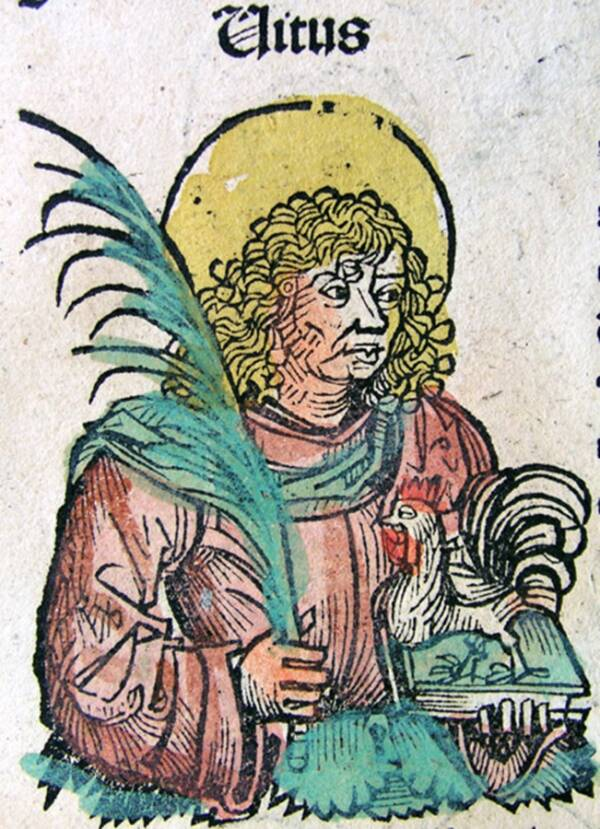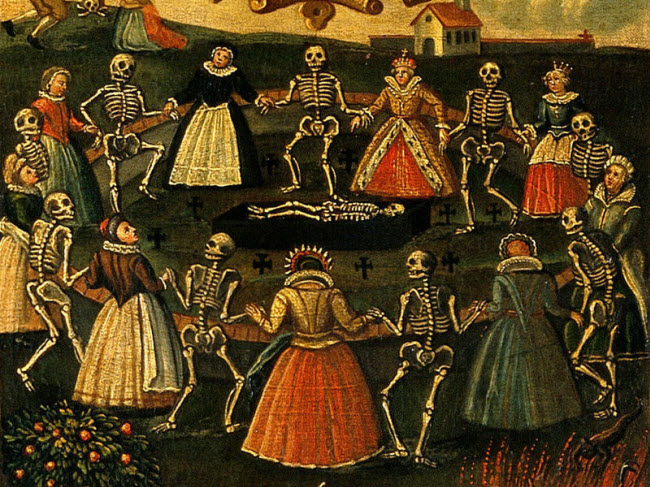Throughout history, the world has been struck by numerous pandemics and epidemics that have claimed countless lives, leaving behind severe economic and human consequences. Most of these outbreaks are typically caused by viral or bacterial infections, but in the 16th century, history records an unusual and bizarre event in France: the emergence of a “dancing plague.” This strange phenomenon saw people in the town of Strasbourg engage in continuous, uncontrollable dancing without any apparent cause, in what seemed like a contagious act spreading from one person to another. Despite the oddity, the situation became dangerously serious as fatalities were recorded due to the relentless dancing. To this day, the cause of what became known as the “Dancing Plague” remains a mystery, with only a few speculative theories.
The event began in mid-July 1518, in the French town of Strasbourg, when a woman named Frau Troffea stepped out into the street and began to dance feverishly without any apparent reason and in the absence of music. She continued for hours, seemingly unable to stop, sweating and shaking as if in some sort of trance. Even after collapsing from exhaustion, she resumed her dancing the next day and the days after. Some believed she was possessed by a demonic force. After several days of her erratic dancing, she was taken to a shrine, possibly as an act of penance, but it had no effect. Soon, others began to join her in this bizarre behavior, and within a week, over 30 people were dancing nonstop through the streets and public places of Strasbourg.
By the end of the month, the epidemic had infected at least 400 people, most of them women. They danced continuously for days without rest, leading to a severe escalation as several deaths were reported due to heart attacks and strokes caused by exhaustion. Some accounts suggest that at the peak of the epidemic, around 15 people were dying each day due to the relentless dancing.
As the situation spiraled out of control, town officials called upon physicians to document the event, diagnose the victims, and find a solution. Initially, they ruled out supernatural causes, dismissing astrological or divine explanations. Instead, they concluded that the only way to cure the dancers was to help them dance it out. The town built a stage and hired professional dancers, even bringing in musicians to play music while the afflicted danced. However, this solution proved ineffective, and when no signs of recovery were seen, officials reversed their approach, believing that the plague was divine punishment. They imposed penance on the town, banning music and dancing in public places. The dancing plague continued for over a month, finally coming to a sudden end by early August, leaving behind nearly 100 deaths in its wake.
Over the years, scholars and researchers have proposed various explanations for the phenomenon, based on the historical records. Some suggest medical reasons, such as epilepsy, poisoning, or a psychological mass hysteria triggered by the dire living conditions in Strasbourg at the time—poverty, famine, and disease. Others have speculated that the townspeople believed they had angered Saint Vitus, a Christian saint, and were cursed with uncontrollable dancing. According to historical documents, the dancers were eventually taken to the shrine of Saint Vitus in the nearby town of Saverne, where their bloodied feet were placed in red shoes, and they were led with a statue of the saint in what was believed to be an act of penance. Another theory posits that the dancers might have accidentally consumed ergot, a toxic fungus that grows on damp rye and can induce convulsions and hallucinations, similar to LSD. However, this theory has been largely dismissed, as historical records, including notes from physicians, town council records, and eyewitness accounts, indicate that the dancers were not convulsing but appeared to be consciously and deliberately dancing.

Despite these various hypotheses, no definitive explanation has been found for what truly caused the dancing plague. While similar outbreaks occurred in Switzerland, Germany, and the Netherlands during that era, none were as large or as deadly as the one that struck Strasbourg in 1518.
The Dancing Plague of 1518 remains one of history’s most curious and unexplained phenomena, a reminder of how little we still understand about the mysteries of human behavior and the mind, especially in times of collective stress and hardship.
